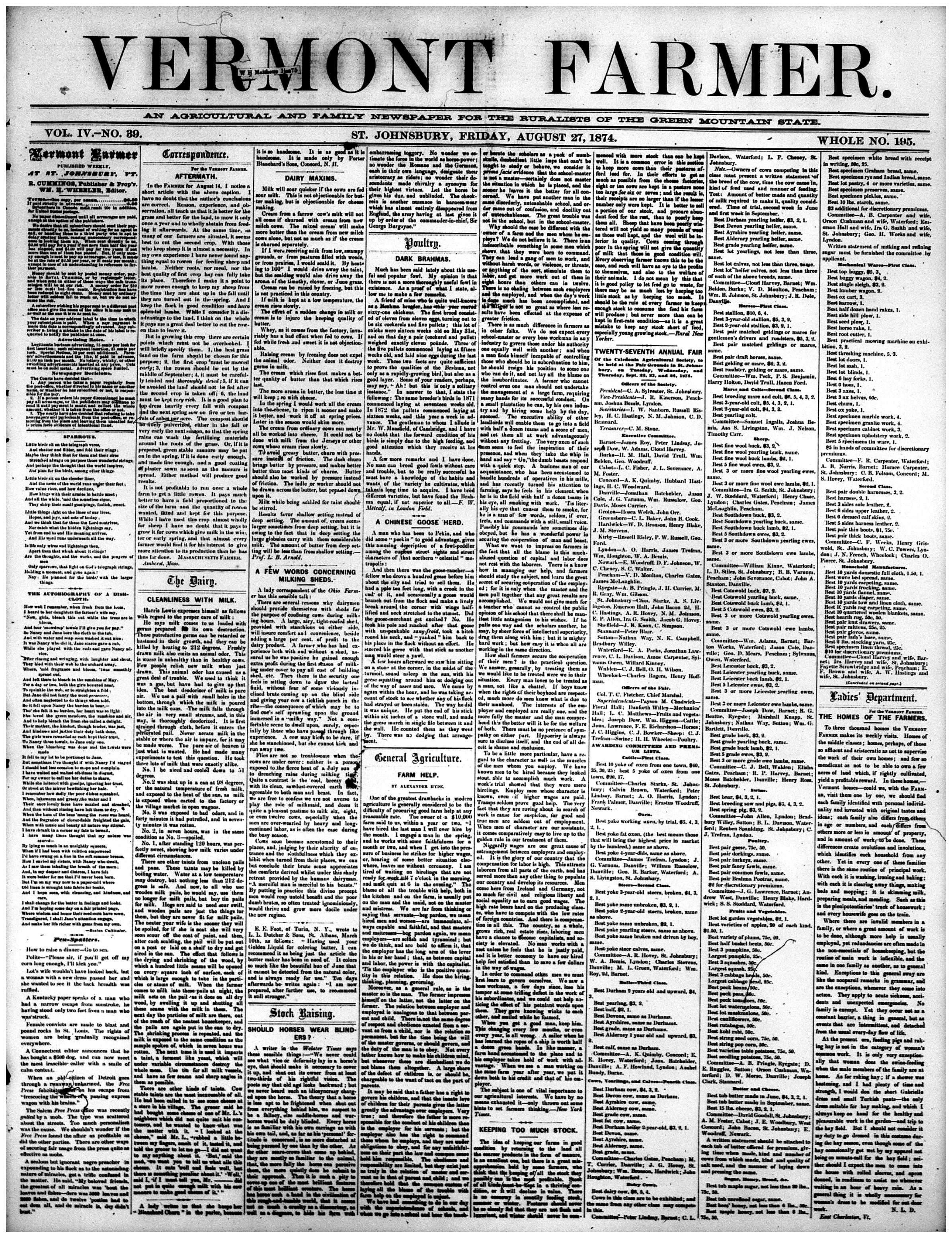When I look at a book like War and Peace, I think something like: “Now, that’s a big book.” I imagine most people would agree, since Tolstoy’s epic novel comes in at over 1,200 pages. When most of us look at a book of this size, there is a kind of math that occurs in our minds that is something like: (length of book) X (time to read each page) / (personal interest X time for reading in our life). We might read a book that is fairly short even if it is not of great interest to us, but reading 1,000 pages isn’t going to happen unless the reader is motivated to read that specific book.
The math for newspapers is something different. Most of us read news stories every day. This parsing out of a few pages here and there–with more on Sundays–means that newspapers are publishing the equivalent of War and Peace in a fairly short time. A nice big city daily might publish 400 or 500 pages a week. This has certainly waned in recent years as newspapers have gotten smaller, but in the course of a month, we are talking about a rather large number of pages–2,000 or more, in some cases. Few of us sit down to read a 2,000 page book every month, but our daily newspapers are giving us just that.
The grant for the Vermont Digital Newspaper Project specifies that we should digitize 100,000 pages of Vermont newspapers from 1836-1922. 100,000 sounds like a lot (and it is!), but in the context of the daily newspaper, it suddenly seems a lot smaller. Most Vermont newspapers during the grant period of 1836-1922 were weeklies, often just 4 pages per issue until the 1870s or 1880s, but beginning with the (Burlington) Daily Free Press in 1848, the daily newspaper was on the scene in Vermont. Newspapers in other Vermont towns and cities followed, like the Rutland Daily Herald in 1861. Soon, the Bennington Banner, Burlington Daily News, Rutland Daily Globe, Barre Daily Times, Montpelier Daily Journal, the Brattleboro Daily Reformer, and other newspapers were published daily all over the state.
Most of these 19th century dailies were just four pages when they started, but they grew as the century progressed. Many dailies in Vermont were 12, 14, or 16 pages by the turn of the century. Those kind of page counts really start to add up! In fact, the VTDNP has already identified microfilm negatives for over 700,000 pages of long runs of newspapers in the state for 1836-1922. This tally grows greatly if we include short runs of papers. We are investigating two long runs of dailies that would easily push the total to over one million pages. And that’s just for newspapers published in Vermont between 1836-1922! Throw in all the 20th and 21st century newspapers, and the total number of pages becomes staggering.
Wow–just think of all that information! Right now it is at the library, on analog media (microfilm), stowed away and patiently waiting for its time to be digitized. 100,000 pages is just a small fraction of these newspapers, but that is exactly why this project so important. These 100,000 text-searchable pages will provide an unparalleled treasure trove of day-to-day Vermont history that can be accessed right from your computer, in high resolution. But, it is in the context of all those other pages that the Project’s value is multiplied: the establishment of clear standards and practices for digitizing newspapers means future digitization projects will create digitized pages that are readable, usable, and preserved for research now and for future generations.
– Tom McMurdo, VTDNP Project Librarian

